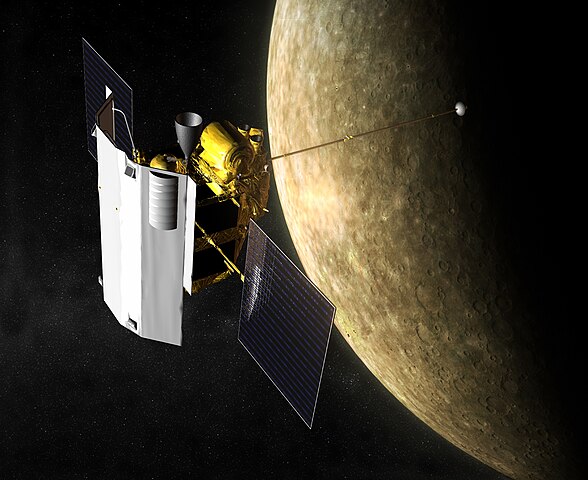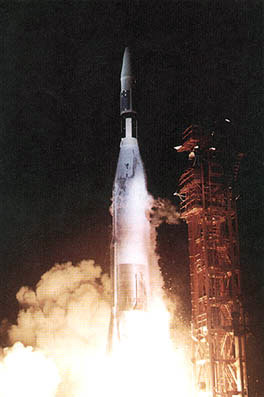We've learned about space exploration of Mercury, Venus, Mars, Jupiter, Saturn and Uranus.
Next up is Neptune.
Neptune is the last planet in our Solar System.
We used to consider Pluto a planet, but it is so far away we've never reached it with a spacecraft.
Voyager 2 is the only space craft to visit Neptune.
It took 9 years to get to Uranus, and 12 years to get to Neptune in 1989!
When Voyager 2 made it to Neptune, it studied the atmosphere, rings and moons.
It discovered something called the Great Dark Spot, and many geysers on one of the moons called Triton.
It found four rings and six moons.

(from: wikipedia - neptune)
Kid Facts - Blast from the past: Black Hole



















